From a Nikon D800 (DSLR) to Olympus and Fuji (Mirrorless)
by Robin Schimko
Three months ago I had the opportunity to do a reportage on a sailing boat cruising along the coastline of Crete, in the Mediterranean Sea. Last year I did the same thing in the Caribbean but this time I didn’t bring a heavy and bulky DSLR, since I‘ve gone fully mirrorless at the beginning of 2014. For this trip I brought a Fuji X-T1, 23/1.4, Samyang 12/2, Samyang 8/2.8 fisheye and of course my Olympus E-M1, 42.5/1.2 and 75/1.8 with me. I was basically covered for almost any possible situation and at the same time my kit was relatively lightweight and compact.
The day I arrived I met up with my client and the moment he saw my gear he became skeptical. For him it was hard to believe that a camera this small is able to deliver good image quality and a certain look that screams “professionally” taken images. He was very pleased with the images I took in the Caribbean with my D800. So I gave him my tablet to have a look at some of my pictures I took prior this trip just to make him feel more secure and it worked fine.
So, how did it work out?
Well, the mirroless set up had two major advantages over my former D800. The first one is really obvious and that is the small form factor and the light weight. Compared to my DSLR, the Fuji for instance with attached lens is less than half the weight and that makes a huge difference. On a shaky sailing boat it can be really tough to move around safely, especially if you’re carrying heavy gear which needs to be secured with one hand to make sure it’s not bumping into something or someone. The mirrorless kit was much easier to handle and it was a breeze to use. Attached to the Fuji was the Easy Slider by Artisan & Artist which allowed me fit the camera very tightly to my chest, so I could use both hands to secure myself in case I needed to. With a bulky DSLR that would have been much more uncomfortable over the duration of a whole day or at least a couple of hours. The second advantage was the ability to shoot from the hip incorporating the tilting screen. When you look through the viewfinder it can easily happen that you punch yourself in the face with the camera and yeah that had happened to me in the past. 😀 Like I wrote before, the boat is constantly shaking around and the intensity of those shakes can vary randomly.
In two weeks there was only one thing I wasn’t really keen about and that’s the battery life. Especially the X-T1 tends to eat batteries very quickly and that did concern me. One could say that this is not a big issue if you bring enough spare ones. That’s totally true and I had five batteries with me, but I had no idea that these batteries had to last up to three days. Last year I could recharge every day, but not this time. The boat was quite old and electricity was only available every now and then. That was indeed the only issue I had using mirrorless cameras.
The sailing itself again was a very nice experience. The first week the weather was crazy good and we did sail a lot. The second week everything changed dramatically not just the crew and the second boat that joined us, but also the weather. There was a storm approaching and we couldn’t leave the harbor for two days. Eventually we left on the third day, but the sea was still very rough and half of the crew got seasick. Luckily I wasn’t one of them, but taking photos was almost impossible without a waterproof housing, because every couple of minutes there was a big wave coming in.
Here are some shots I took during my trip and if you like my work, you can follow me on facebook (https://www.facebook.com/RobinSchimkoPicture)
or check out my blog (http://www.fotodesign-rs.de/)
Thank you all for reading,
Robin

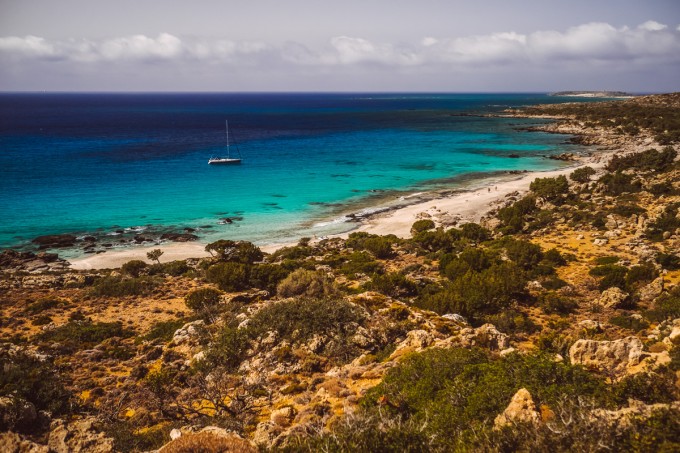
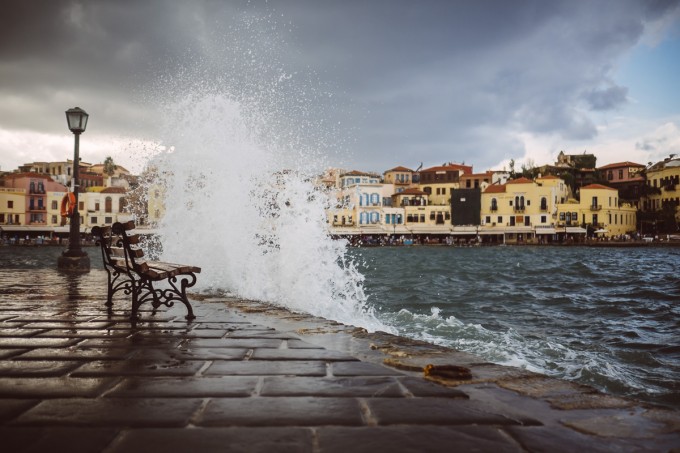
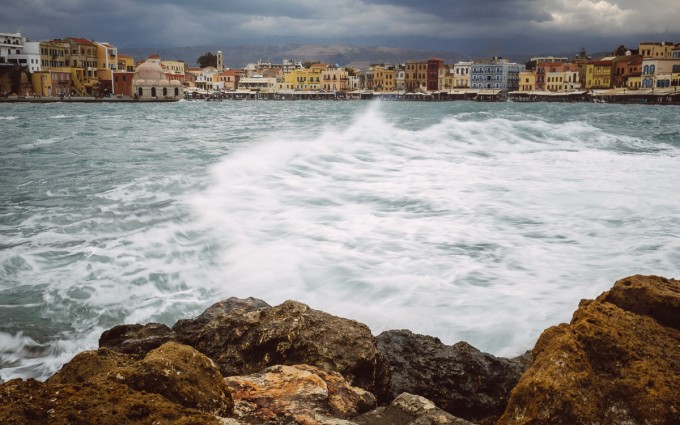
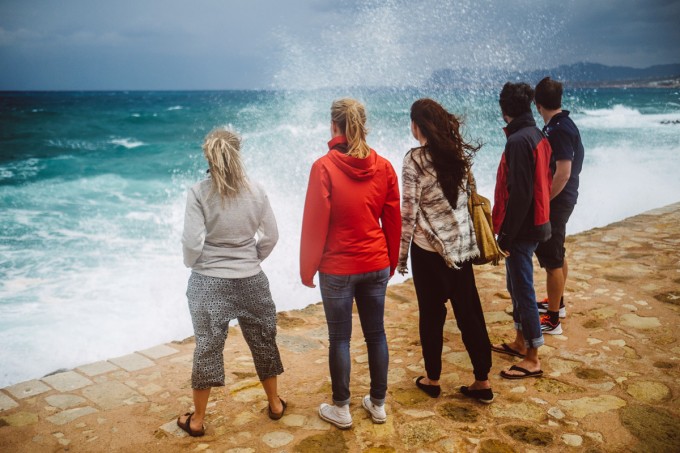
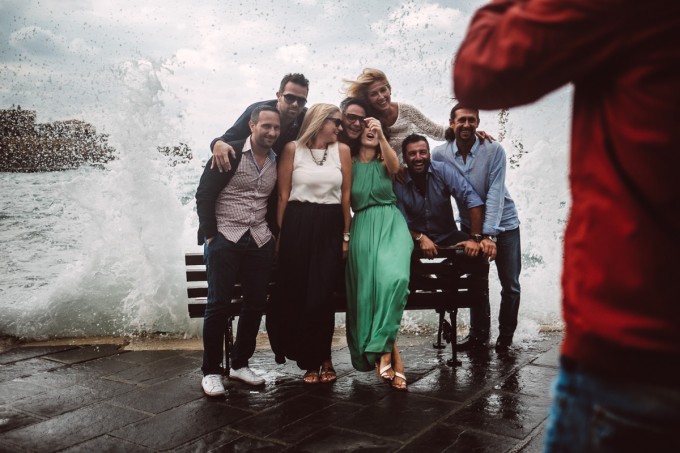
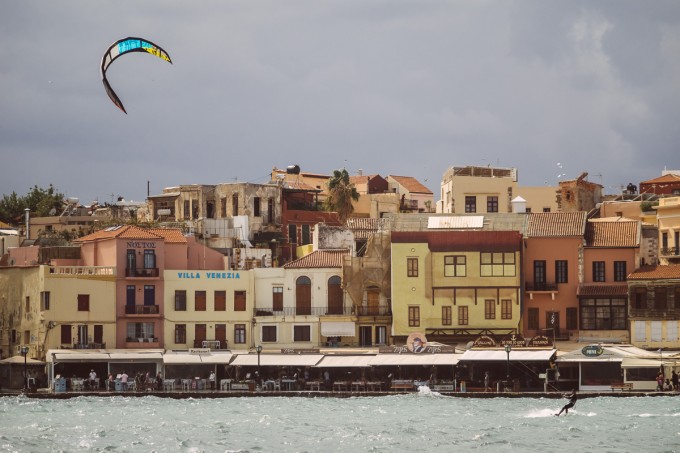
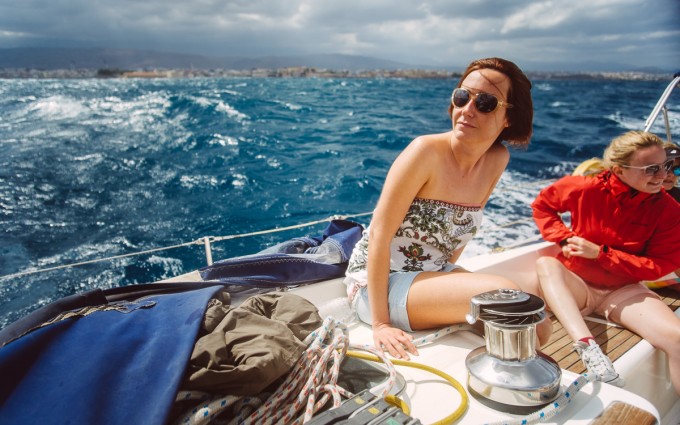
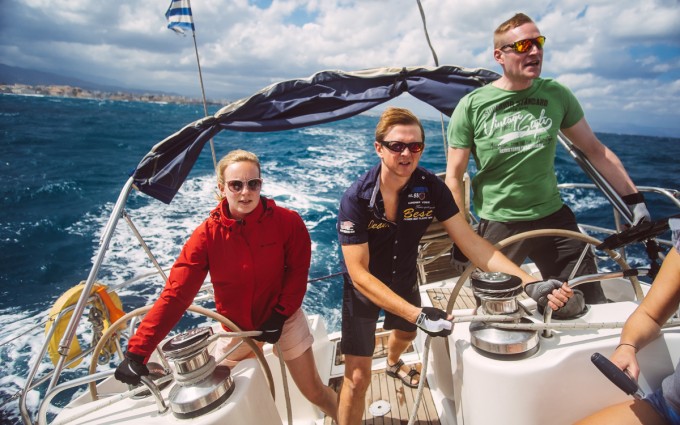
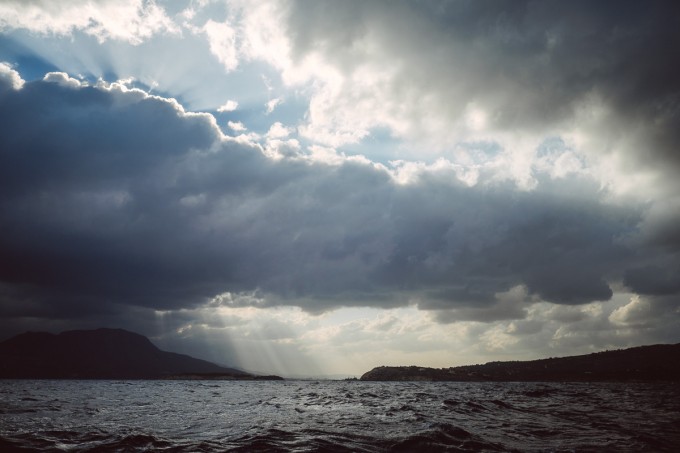
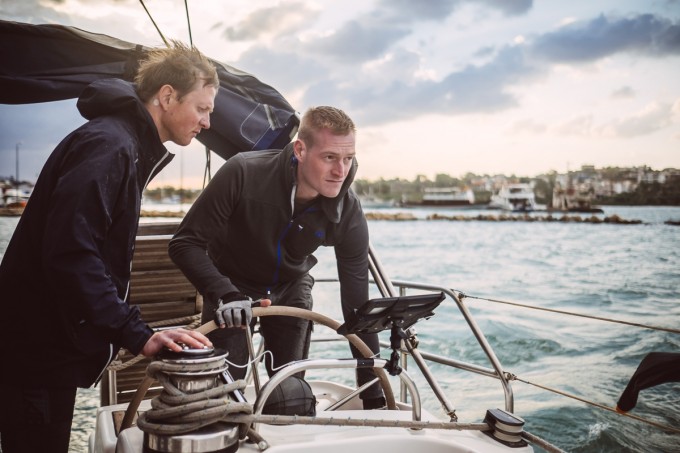
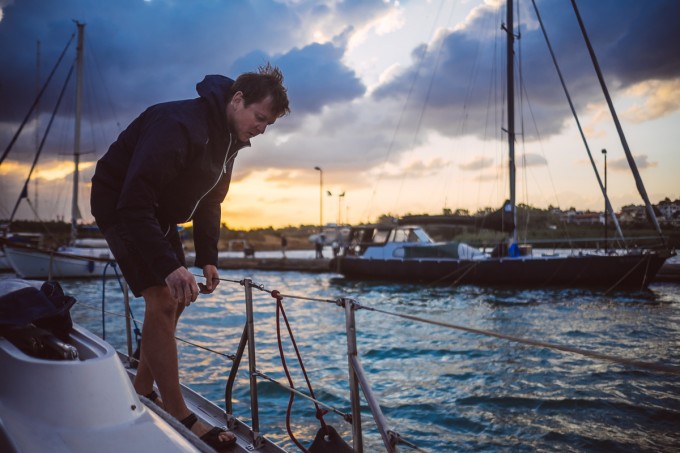
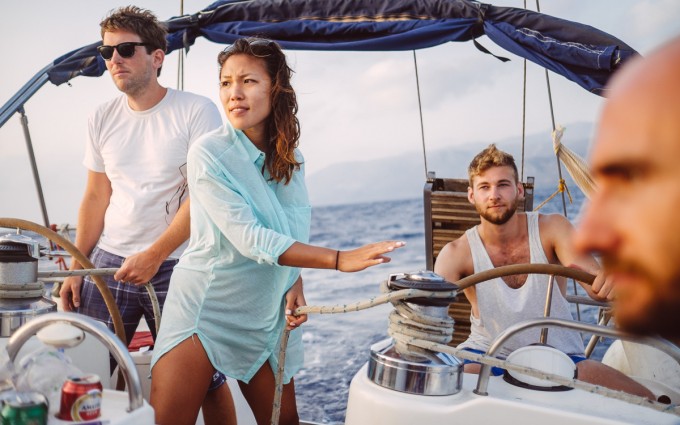
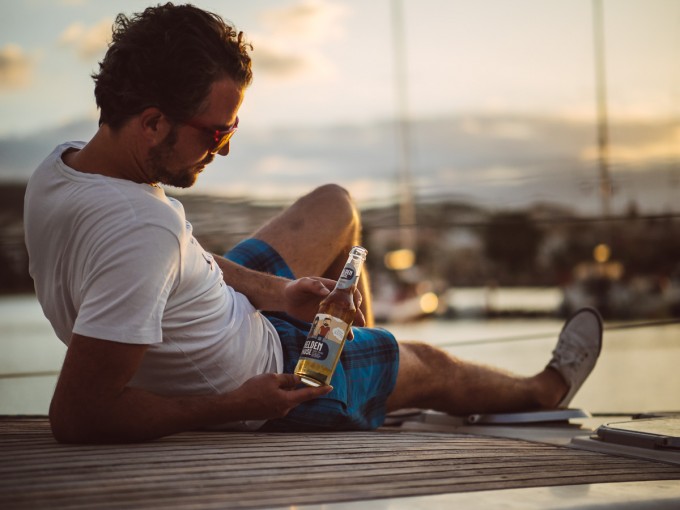
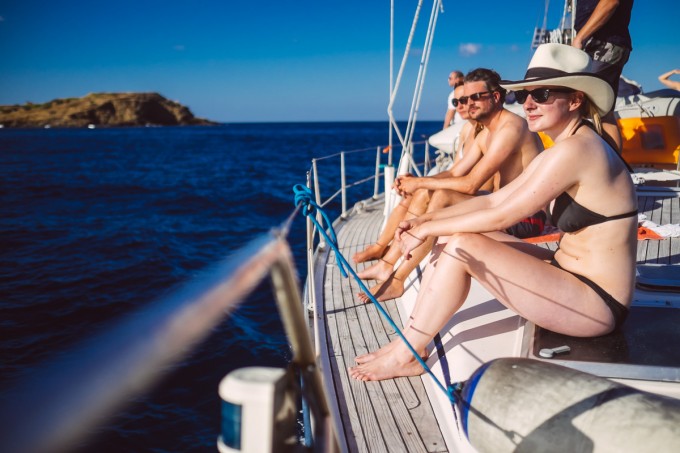
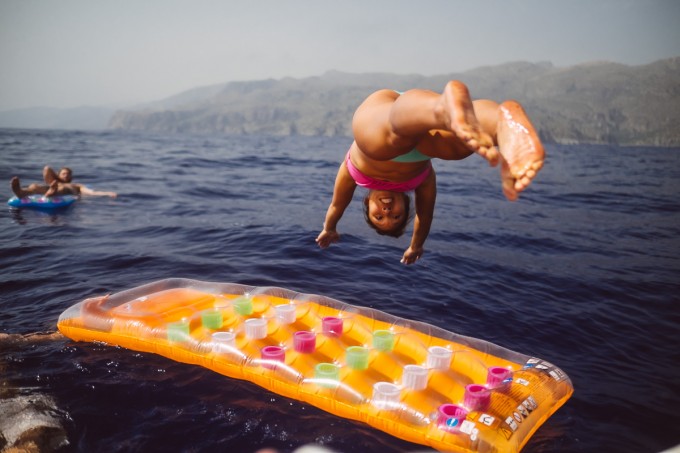
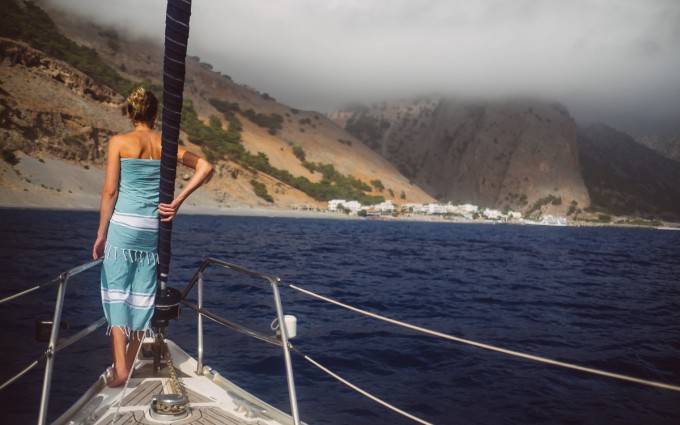
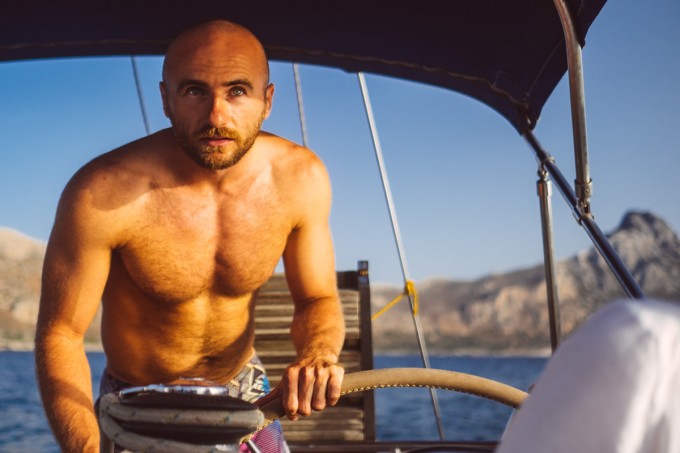
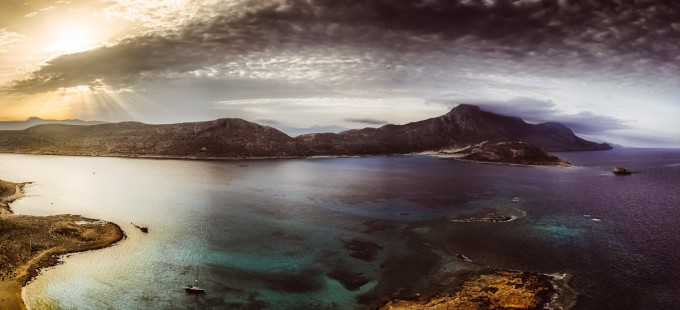
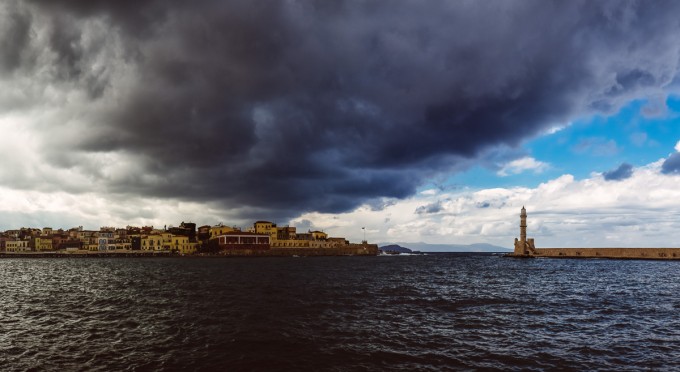


So much chatter here about equipment
The pics are fantastic!!!
But hey talk is cool
Beautiful set, congrats!
…and back. I followed about the same path and I’m really happy to be back over to Nikon Pro-DSLR-gear again. I promised myself I won’t ever turn my back to Nikon again. The Fuji’s are just cheapish, over-electronic imitations of a classic camera (for people that likely never owned what they now call a ‘classic’), for APS/C this is more than right stuff, but in a lot of things, the Fujis fall short vs the much more solid DSLRs in any respect – not only battery life, AF, flexibility & speed. It are in no way event shooters and they don’t like flashes for some reason. I also find the real usable high ISO behavior disappointing. Difficult for me to understand all this hyping and blogging around the X-series, because on top I also had some serious hardware issues and the Fuji service in my country proofed to be non-existing. This is just a small player trying to do its best, but there it stops.
You can always count on snobbish commentary from people that are so obsessed with trashing other cameras that they completely miss the point. Well done Nikon man, well done…
Why do NG’s comments amount to “trashing other cameras” but someone saying they’ll never go back to a DSLR system is OK? Don’t all camera systems involve trade-offs of some sort? I shoot with an OM-D E-M1 and really like it. But I sure wouldn’t object to better low light performance of the depth of field control that you can get with a DSLR system. I think NG is entitled to comment, even if the comment disagrees with theme of the article. Those comments weren’t disrespectful and provided reasons that support the stated position. Personally, I thought NG’s comment was a worthwhile contribution to the conversation.
And I also meant to say that I enjoyed the article and especially the photography! Really nice work! Thank you!
Because Jmnuh did not find it necessary to make comments such as: “the Fuji’s are just cheapish, over-electronic imitations of a classic camera (for people that likely never owned what they now call a ‘classic’). Condescending comments like this are imho quite snobbish and contribute nothing to the conversation. Jmnuh simply expressed similar difficulties with the camera (omitting the snobbery) and explained that he is happy with his new choice. Of course NG is entitled to his comments, as we all are; however others are also entitled to call him out on his comments when necessary. Regards.
This is exactly what I have faced with my x100s. But i wont go back to dslr either. I switched to E-p5 with PL 15 f1.7, PL 25 f1.7 and Im a happy shooter again.
For mirrorless battery drain problems, I’ve seen someone who found a solution. Saw someone with a fuji x-t1 shooting at a local fashion show, and had a grip along with the AC adapter (AC-9V) connected to a Paul Buff Vagabond Mini. (I’m imagining that put his worries behind him about having to switch out batteries, not to mention he could have his x-t1 set to High Performance for faster AF).
Nice shots!
I’d recommend purchasing a portable solar panel (I use the goal zero nomad and guide), for occasions when you aren’t able to charge your batteries or other electrical devices. I’ve been using them with great success for quite some time, when I go hiking and camping for extended periods of time.
Nice to look at, keep ’em coming!
I’m always interested in which lenses give which “look”, so in future I’d love to see captions listing lenses used, at what aperture — thanks in advance for considering adding that info.
Superb pictures!
I would like to ask a question about the Samyang 12mm, how do you like it?
Beer bottle shot is really cool!
Fantastic!
Curious why it would be more desirable to take two completely incompatible camera systems, and with lens focal length overlap… lenses cannot be shared across bodies, batteries cannot be shared, other accessories.
Why wouldn’t it have been simpler to just take the big Nikon, secure it closely to your body, and a couple lenses? Seems like the sum of the parts would have been lighter and less bulky? Not to mention in-body flash which would have been great for fill-in when you’re outdoors exposed to the sun or gloom so much.
Best regards,
Both systems have their pros and cons and the combination was almost perfect. In terms of focal length there was no overlap at all. And believe me it’s a pain in the butt to carry a big and heavy camera on a boat the entire day.
This time the weight in total was significantly lighter. Beside the weight it is much more convenient to shoot a mirrorless camera.
In body flash is something I didn’t really miss and while shooting a reportage I never ever use a flash.
Solid work!
Nice shots of Xania and Crete. 🙂
Excellent set of images. Interesting angles and viewpoints. Thanks for sharing…
These are some solid photos. Cheers.
Number 15 – inspiring, Number 19 super great light 🙂
I truly enjoyed this set, thanks for sharing!
Awesome pics! I really like the combination of wide angle and shallow DOF, I guess these were made with the Fuji 23/1.4?
Just looked at your website… amazing photos! thanks for sharing